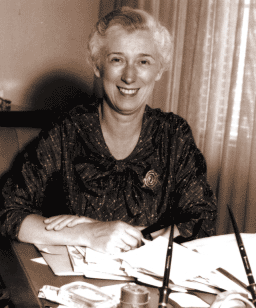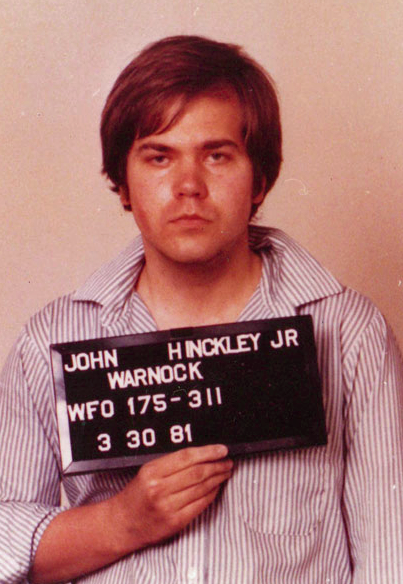American Civil War: The Battle of Jerusalem Plank Road begins.
The Battle of Jerusalem Plank Road, also known as the First Battle of the Weldon Railroad, was a military engagement that took place during the American Civil War. It occurred between June 21 and June 23, 1864, in Virginia, near Petersburg.
At this stage of the war, Union forces under the command of Lieutenant General Ulysses S. Grant were besieging Petersburg, a critical transportation hub and supply line for the Confederate capital of Richmond. The Weldon Railroad, also known as the Petersburg and Weldon Railroad, was an essential Confederate supply route linking Petersburg with the rest of the Southern rail network.
In an effort to disrupt Confederate supply lines, Union forces launched an offensive to seize the Weldon Railroad. On June 21, 1864, Union troops under Major General Gouverneur K. Warren advanced along the Jerusalem Plank Road towards the railroad. They initially encountered light resistance but managed to reach the railroad and began tearing up the tracks.
However, Confederate reinforcements arrived, launching counterattacks on June 22 and 23. General Robert E. Lee’s Army of Northern Virginia engaged the Union forces, attempting to drive them back and protect the vital railroad. The fighting was intense and marked by heavy casualties on both sides.
Ultimately, the Confederate forces managed to repel the Union troops and force them to retreat from the Jerusalem Plank Road area. Although the Union forces had temporarily disrupted the railroad, they were unable to hold their positions or cut off the supply line effectively.
The Battle of Jerusalem Plank Road demonstrated the tenacity and resilience of the Confederate forces in defending their supply lines and the difficulty faced by Union forces in their attempts to seize strategic points around Petersburg. The battle was part of the larger Siege of Petersburg, a prolonged campaign that lasted for nearly ten months and played a significant role in the eventual Union victory in the Civil War.


